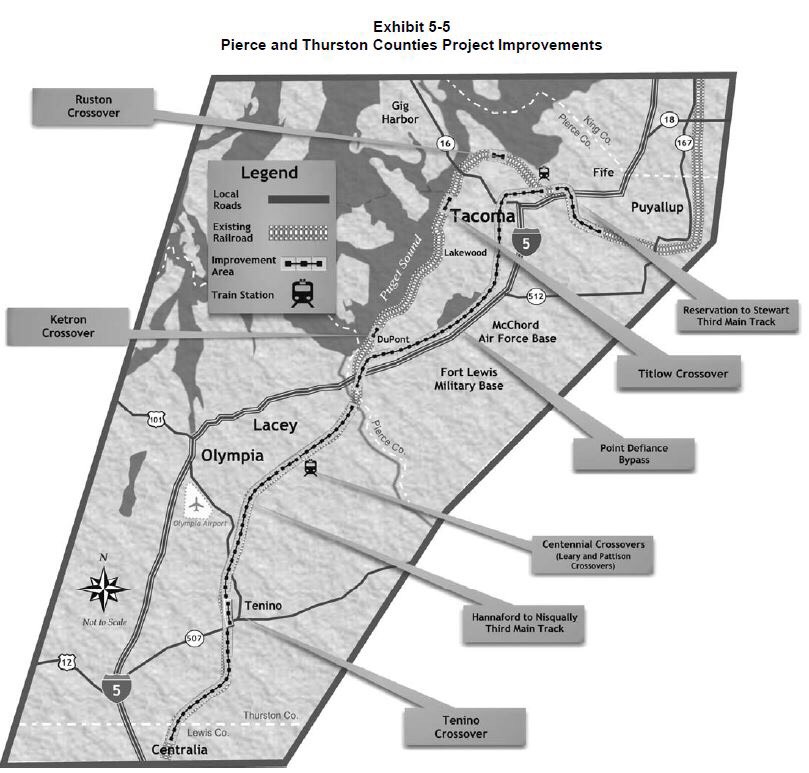The Deadly Curve Where Amtrak Train Derailed Was Deemed Too Costly to Remove
Original plans for Point Defiance railroad bypass called for elimination of tight turn
The $11 billion Washington state government plan to speed up passenger and freight rail service throughout the Pacific Northwest called for the elimination of that tight turn—a change that wasn’t included in the final design when the state eventually won federal funding for the rail bypass.
Instead, the curve where Amtrak Train 501 crashed this week was preserved to keep costs down, according to documents and state officials.
“Everybody’s always looking to straighten out the railroad,” said Grady Cothen, a consultant and former safety official at the Federal Railroad Administration, “and there are not many opportunities for that, given the reluctance to exercise eminent domain, and given the cost.”
A spokeswoman for the state Transportation Department said it is still planning to pursue future upgrades to the bypass, including at that curve, to allow higher speeds. The agency didn’t apply for funding to eliminate the curve because it wasn’t deemed necessary to support the number of round trips the state and Amtrak hoped to send through the corridor, she said.
https://www.wsj.com/articles/the-deadly-curve-where-amtrak-train-derailed-was-too-costly-to-remove-1513952658























